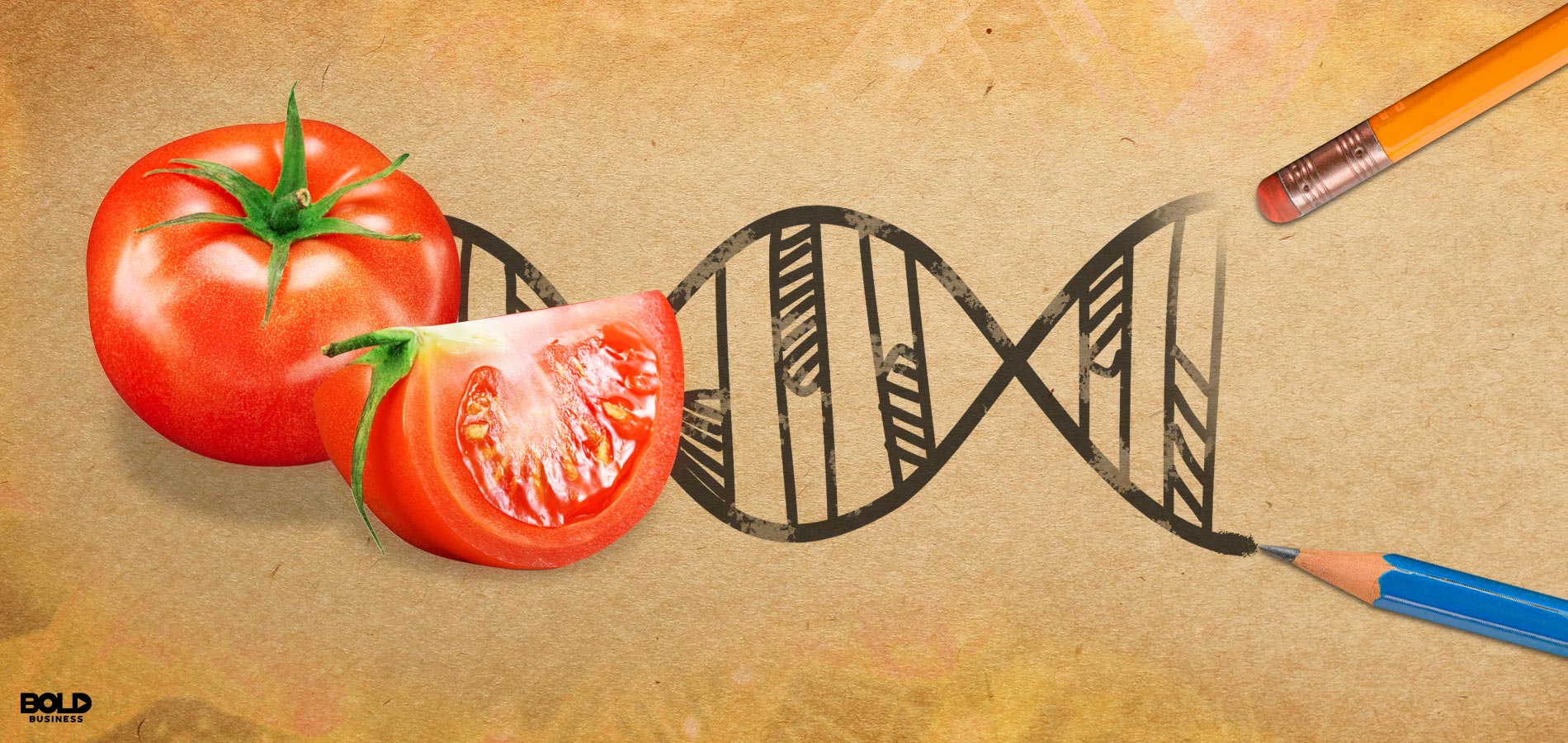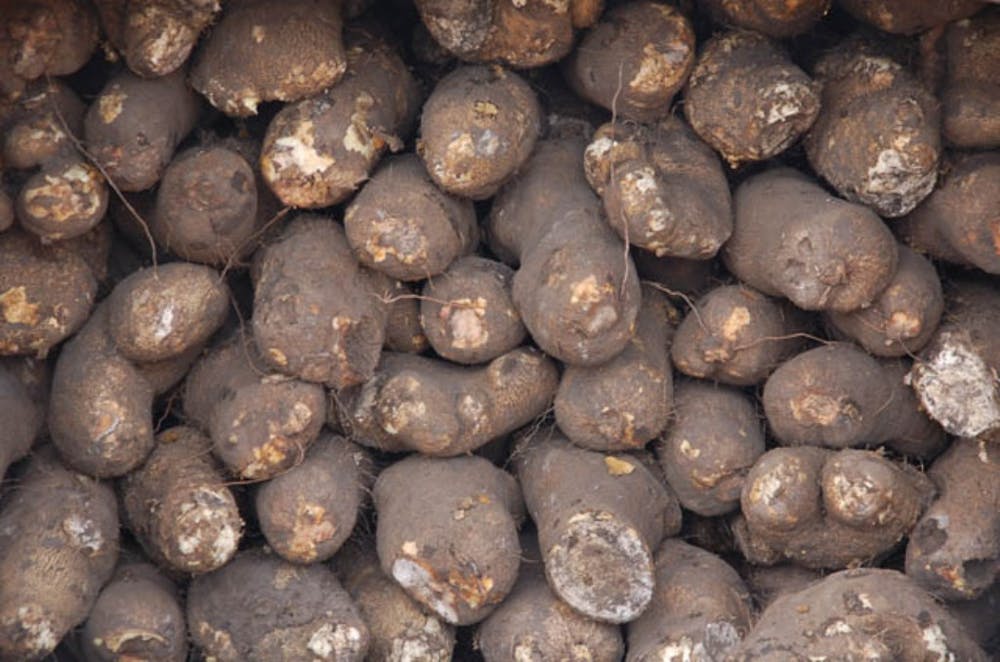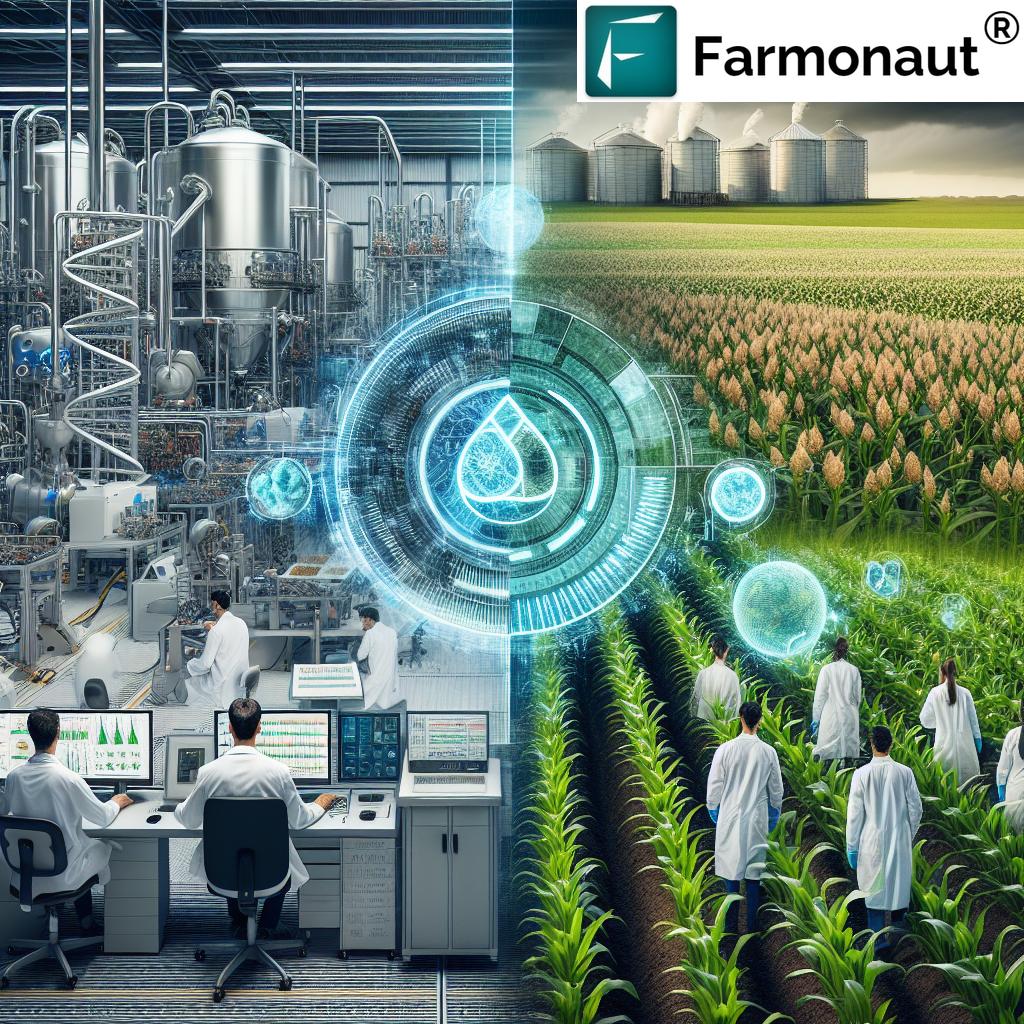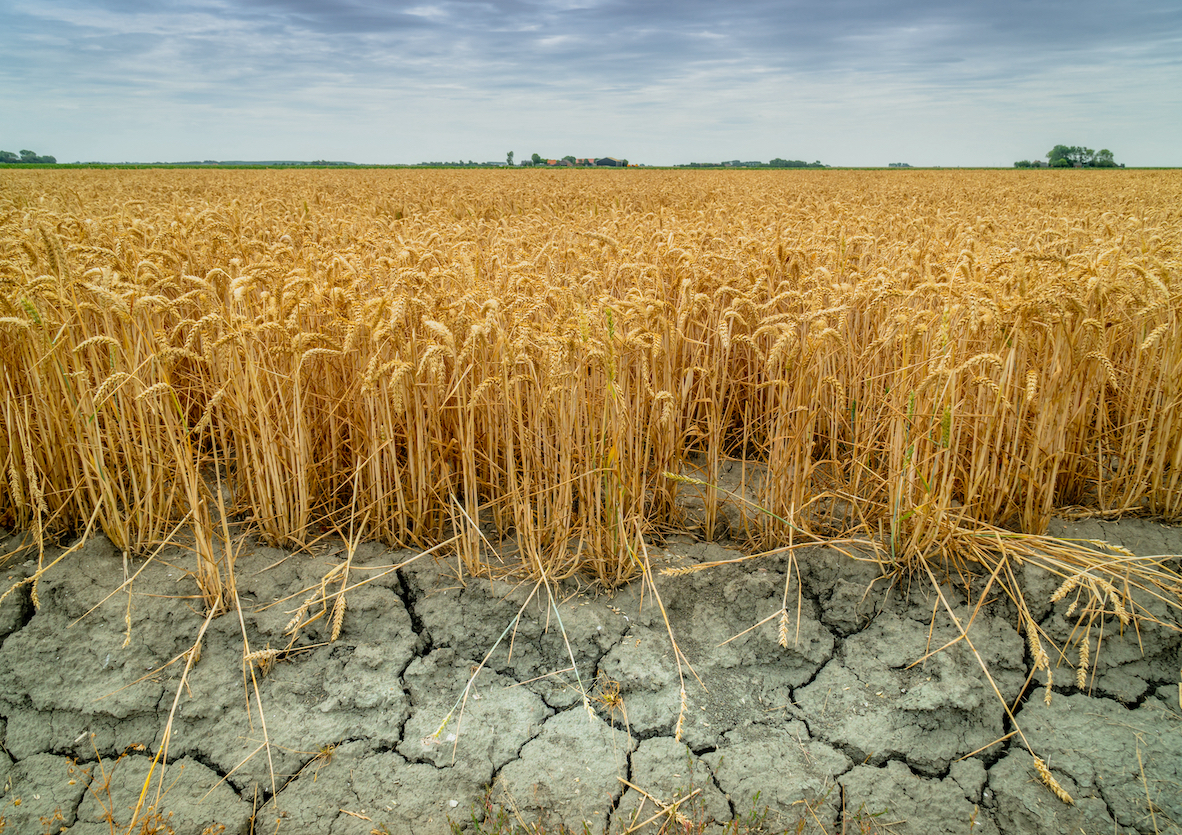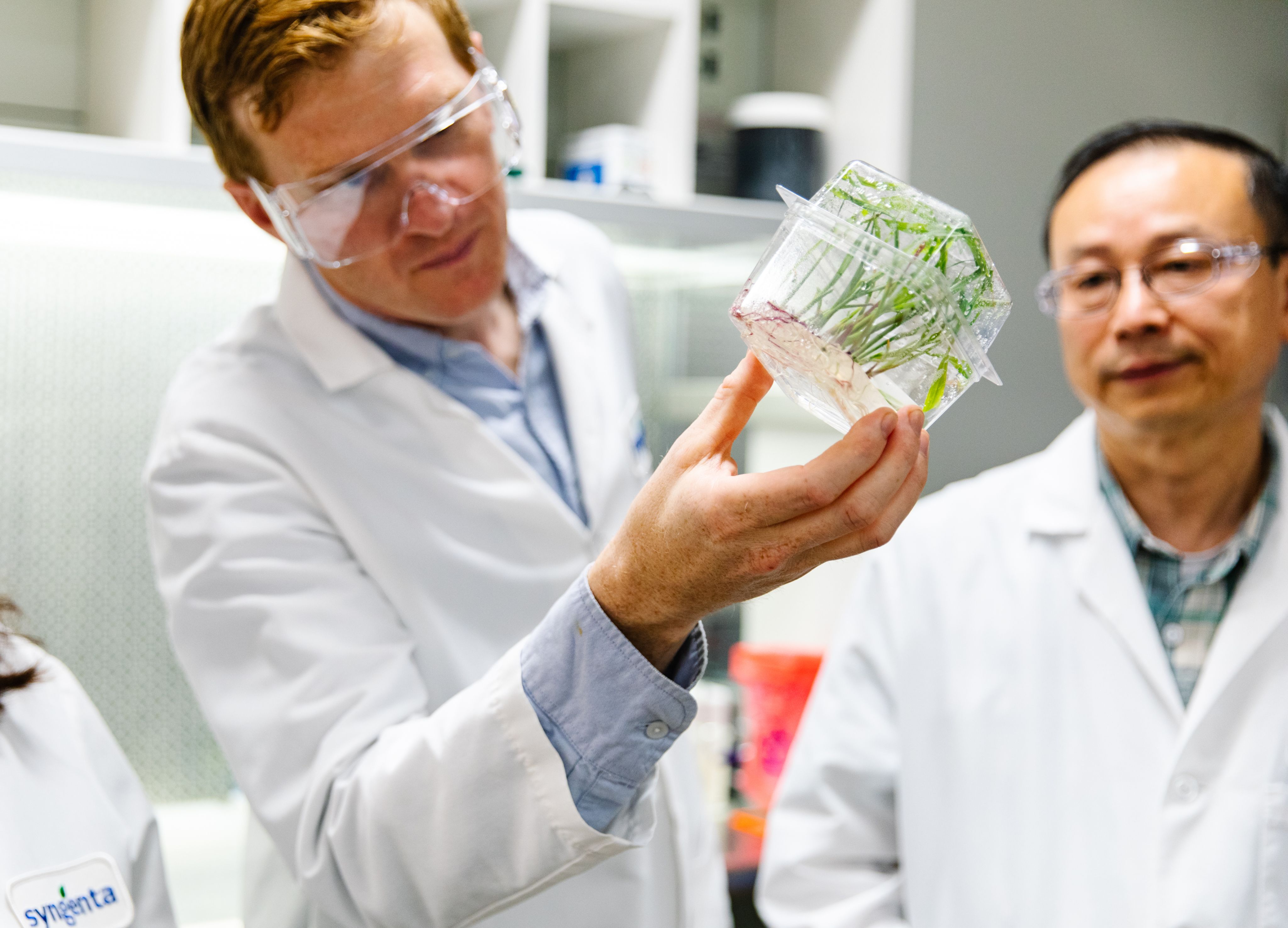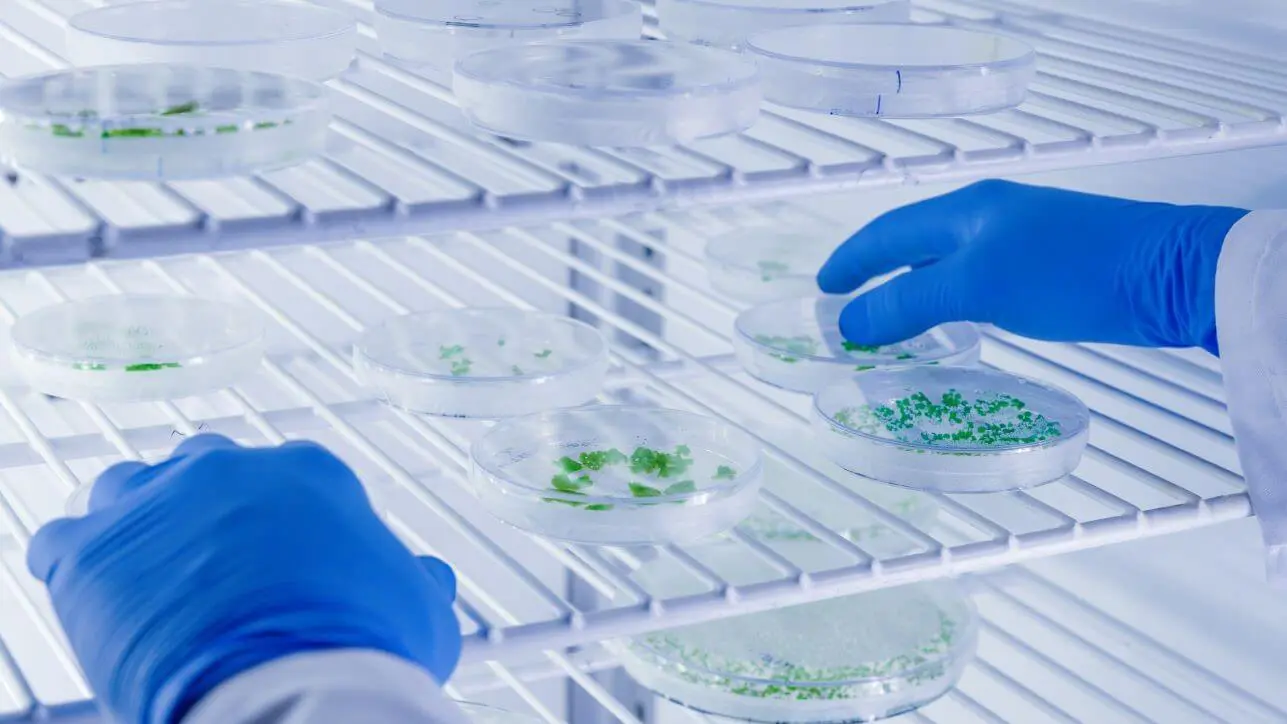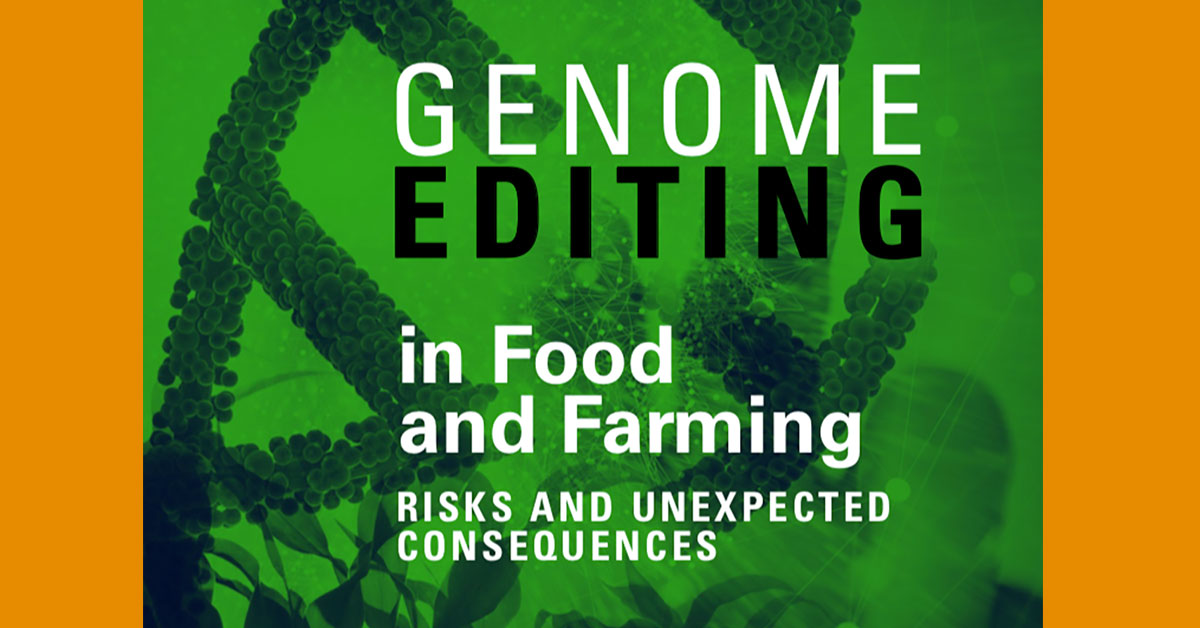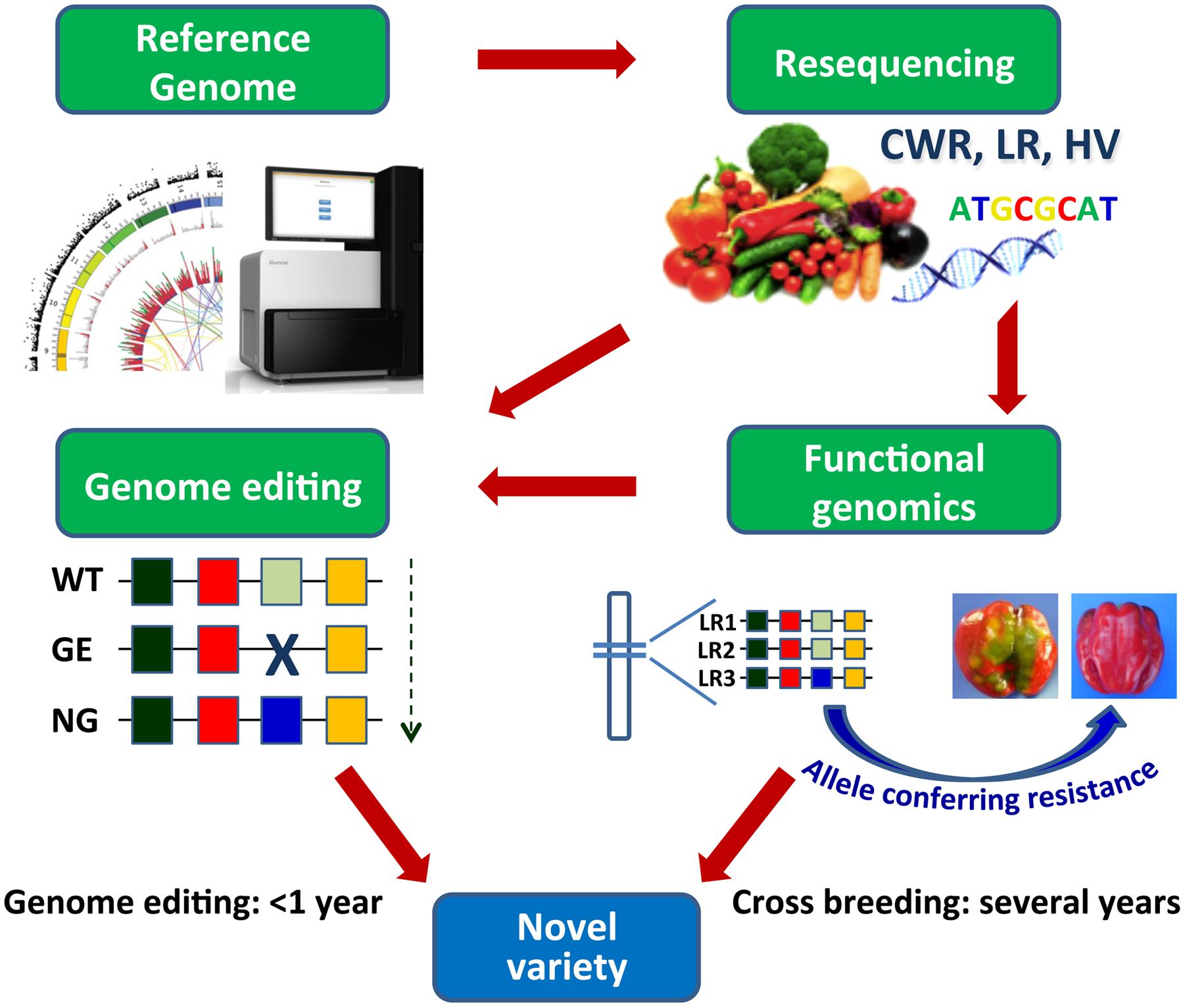Introduction and Overview
Gene editing is transforming agricultural systems by providing precise tools to modify plant and animal genomes for enhanced productivity and sustainability. Unlike traditional genetic modification, gene editing targets an organism's own genetic material without inserting foreign DNA, leading to crops and livestock that can better withstand environmental challenges. This technology, particularly CRISPR-Cas9, is recognized for its rapid, cost-effective, and precise approach, and is positioned as a revolutionary method to address the urgent global challenge of food security[1][4][11].
Enhancing Crop Resilience and Nutritional Quality
One of the key promises of gene editing is its ability to produce crops that are more resilient to adverse climatic conditions such as drought, floods, and high soil salinity. For instance, gene editing has been used to develop drought-resistant varieties of rice and wheat by targeting genes responsible for water regulation, thereby offering a faster alternative to traditional breeding methods[1][6]. Moreover, gene editing can enable the biofortification of staple crops. An example is the ‘Golden Rice’ project, which enhances beta-carotene production—a vitamin A precursor—to combat malnutrition and deficiency-related diseases. This approach not only improves the nutritional profiles of crops but also offers an efficient pathway to mitigate hunger in vulnerable regions[2][9].
Improving Agricultural Productivity and Sustainability
Beyond enhancing resilience, gene editing has the potential to fundamentally increase yield and efficiency in agricultural production. By editing specific genes related to plant growth and stress responses, scientists have achieved significant improvements in yield and quality. For example, CRISPR has been applied to improve rice yield through multiple gene modifications that influence growth, enabling higher food production with fewer resources[3][11]. Furthermore, gene editing contributes to sustainable agricultural practices by reducing the dependency on chemical inputs such as pesticides and fertilizers. Crops that are naturally resistant to pests or have improved nutrient uptake help lower the environmental impact of farming, thereby advancing sustainability and lowering production costs[1][8].
Addressing Climate Change and Environmental Challenges
Climate change is exerting unprecedented pressure on global food systems by increasing the frequency of extreme weather events and altering pest and disease dynamics. Gene editing offers a promising solution by enabling the development of climate-resilient crops. Edited crops can be engineered to thrive under extreme temperatures, reduced water availability, and high salinity conditions. Researchers have successfully used CRISPR-based techniques to confer tolerance to abiotic stresses, consequently mitigating yield losses caused by droughts and soil degradation[6][7]. In addition, some gene editing strategies enhance the efficiency of crops in capturing carbon and using nutrients, which supports the environmental sustainability agenda and helps reduce the agricultural sector’s ecological footprint[10][11].
Innovations in Livestock and Broader Food Systems
Gene editing is not limited to crop improvement. It is also revolutionizing livestock breeding by enabling scientists to produce animals that are more resistant to diseases and stress. For example, gene-edited pigs have been developed with resistance to viral infections that traditionally cause significant economic losses in animal husbandry. These advancements contribute to safer, more reliable animal production systems, and bolster food security by ensuring a consistent supply of protein-rich animal products[5][11]. Alongside these developments, integrating digital technologies with gene editing is creating a data-driven environment where precise monitoring and management complement genetic improvements, paving the way for a modern, efficient, and sustainable food system[7].
Regulatory and Ethical Considerations
While the benefits of gene editing for food security are substantial, its implementation must be accompanied by robust regulatory frameworks to ensure safety and public acceptance. Unlike traditional GMOs that involve the insertion of foreign DNA, gene-edited organisms often mirror changes that could occur naturally, which may simplify regulatory hurdles. Nevertheless, concerns about off-target effects and the long-term impact on biodiversity continue to be part of the discourse. Authorities in various regions are working on process- or product-based regulatory models to balance innovation with risk management. Precise monitoring and transparent public engagement are critical to earning the social license required for widespread adoption of these technologies[5][8][12].
Conclusion
Gene editing holds transformative potential in revolutionizing global food security by addressing multiple challenges at once. It offers rapid solutions to develop crops with enhanced nutritional value, improved resilience to climate change, and reduced reliance on chemical inputs. Furthermore, the technology extends to improving livestock breeds, thereby ensuring a stable and diverse food supply. As the scientific community continues to refine these tools, it is crucial that supportive regulatory mechanisms and ethical practices are established to guarantee that the benefits of gene editing are shared equitably and sustainably across different regions and communities[1][2][10].
Get more accurate answers with Super Pandi, upload files, personalized discovery feed, save searches and contribute to the PandiPedia.
Let's look at alternatives:
- Modify the query.
- Start a new thread.
- Remove sources (if manually added).


